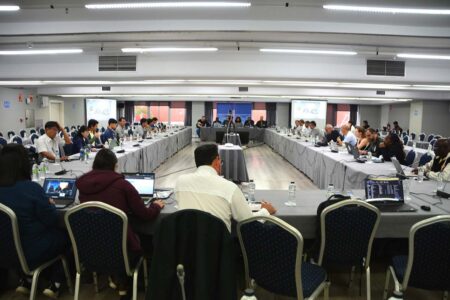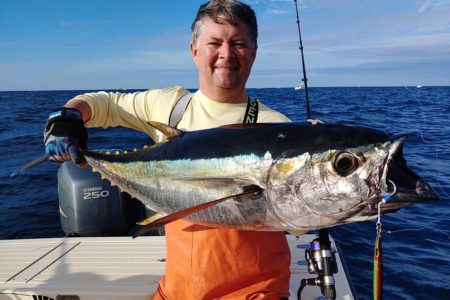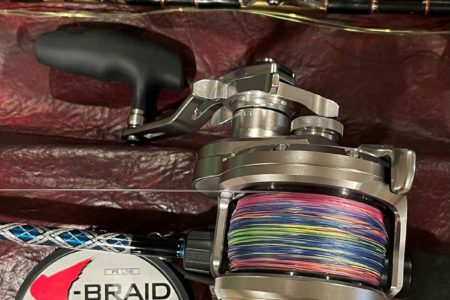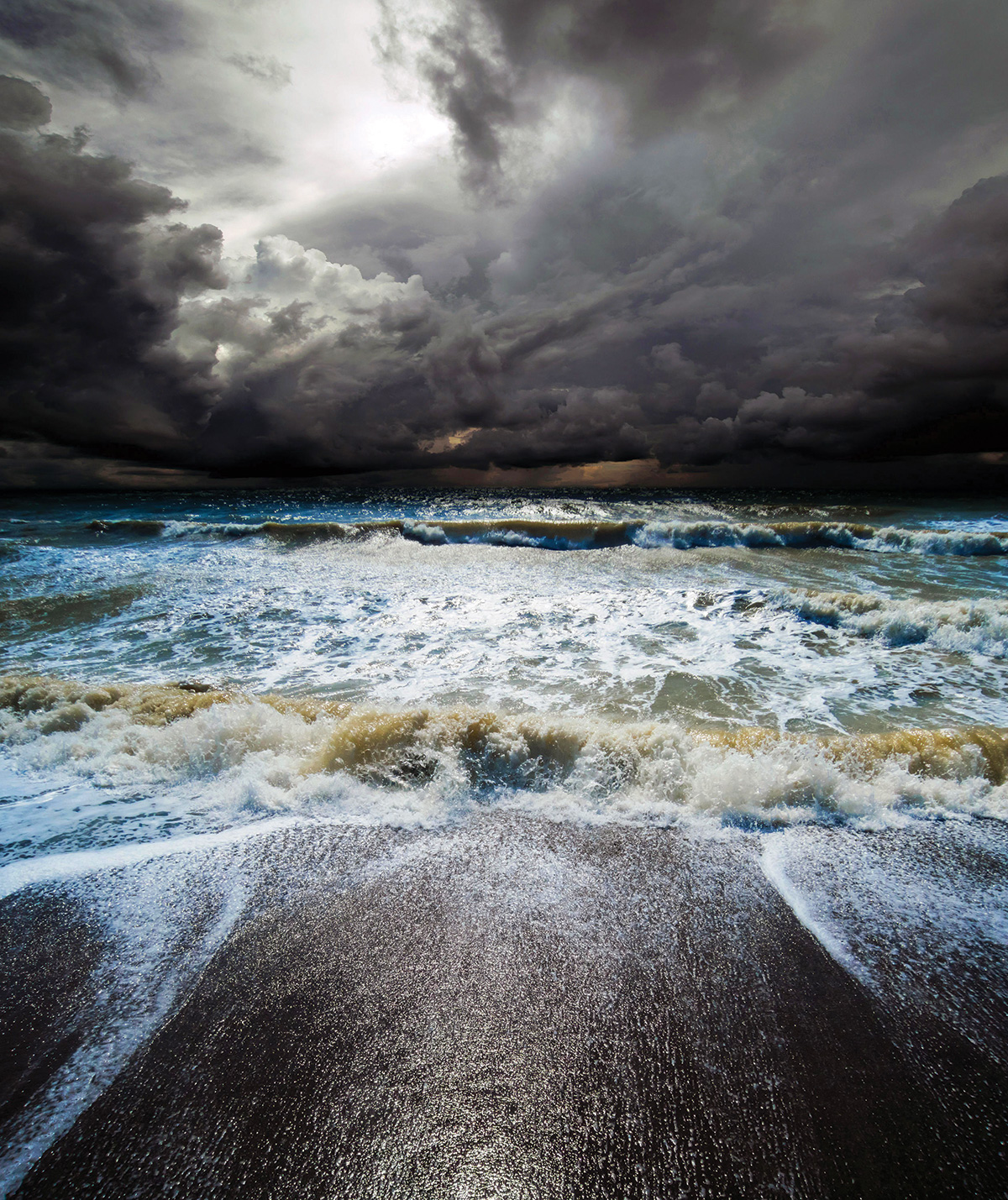
Just how much of an affect does a falling or rising barometer have on your fishing? The answer may surprise you.
Most experienced fishermen know that there are several things about the marine environment that can influence their fishing success. Tide and tidal currents, water temperature, time of day, oxygen content of the water, and the presence of bait are ones that immediately come to mind. Some, however, would include changing barometric pressure in this group, when in fact, a change in barometric pressure is irrelevant for most marine fish. Nevertheless the internet and many fishing magazines often have articles about how you can’t miss catching fish like striped bass and bluefish if you fish when the barometric pressure is dropping. Some articles even suggest that fish, amazingly, can anticipate changes in barometric pressure before it even occurs. It certainly would make fishing easier if this were true, but sorry – it just isn’t so. The simple fact is that most saltwater fish will not even be aware of any changes in barometric pressure nor will any change have any effect on their behavior. But don’t get too upset yet, there still may be some value in watching barometric pressure.
Let me explain, but first some caveats. I am talking only about the marine environment and saltwater fish, and am not including fish that live in the top one or two feet of the ocean.
It is clear that major changes in barometric pressure often are accompanied by changes in wind speed and direction, air temperature, cloud cover, and possibly even rainfall. It is also clear that these changes could influence fishing, but it is not the barometric pressure that is influencing the fish or fishing. To make my point I need to get a little technical.
Pressure is usually expressed as units of atmosphere regardless of whether it is measured in the ocean or in the atmosphere. On land and over the ocean pressure is usually called barometric pressure. This barometric pressure (measured with a barometer and reported as inches of barometric pressure) is due to the weight of all the air in the atmosphere at sea level. In other words, the weight of about 160 miles or so of air in the atmosphere over the ocean. This weight, which is about 14.7 pounds per square inch (psi) is defined as “one atmosphere.” A normal value for barometric pressure at sea level is about 30.00 inches (one atmosphere). A typical range in barometric pressure would be from 30.70 inches with a strong high-pressure system to a low of about 28.00 inches with a passing hurricane. The difference between these two extremes is 2.7 inches of pressure or about 0.09 atmospheres (2.7/30). A more typical range between highs and lows would be about 1.7 inches or about 0.06 atmospheres.
The rate of change in barometric pressure is important since it indicates how fast or slow the changing weather is approaching. A slow-moving system would have a change in barometric pressure of about 0.02 to 0.03 inches per hour, whereas a fast-moving system would have a change of about 0.05 to 0.06 inches per hour. Basically barometric pressure does not change very fast- about 0.001 to 0.002 atmospheres per hour depending on how fast the storm is moving.
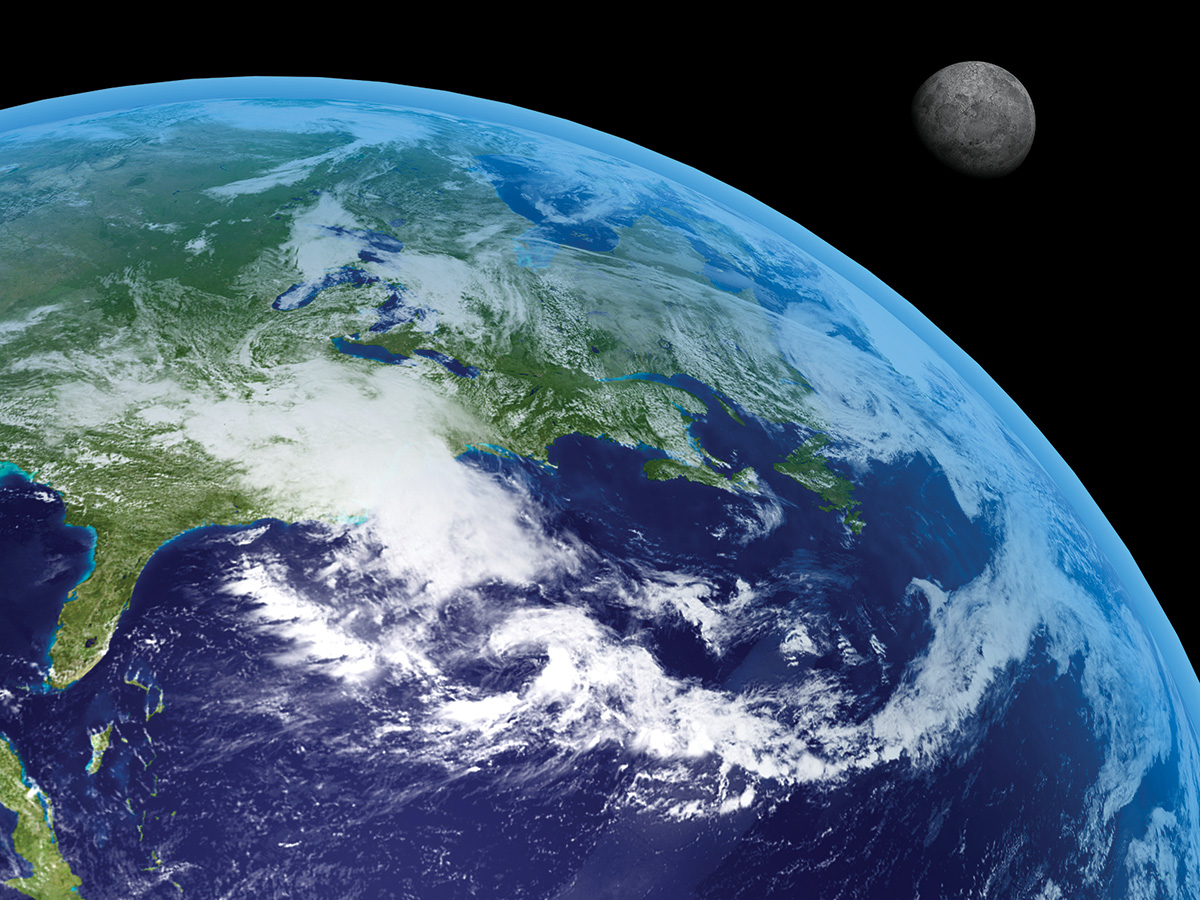
In the ocean the pressure is called hydrostatic pressure and is the result of the weight of the overlying water plus the weight of the atmosphere. An important point is that water is about 800 times denser than air and because of this it only takes 32.8 feet of water to create a pressure o14.7 psi or one atmosphere. What this means is that 32.8 feet of water is equivalent in pressure to the entire barometric pressure created by the entire overlying atmosphere. At 32.8 feet depth the pressure is actually two atmospheres- one for the barometric pressure, plus one for the hydrostatic pressure. If you go down another 32.8 feet (or now 65.6 feet) you will have three atmospheres of pressure and so on.
The next point is how does pressure affect fish? This can be a complex question, but most fish maintain an internal pressure similar to that of the surrounding water. Fish that have swim bladders, which contains gas, will adjust the volume of gas within their bladders to balance the external hydrostatic pressure when they make large changes in their depth. Most fish, however, can make small up or down movements (experiencing a decrease or increase in their surrounding pressure) without any problem. They can also make large changes in depth if they have adequate time to adjust.
Let me mention three normal things that occur in the ocean which can cause a fairly quick and large change in the pressure to a fish. First if the fish were to simply move up or down (to take your lure for example) just three feet it would experience a pressure change larger than that caused by the passing of a major hurricane or storm and this change could occur in seconds, rather than the day or two that a storm would take.
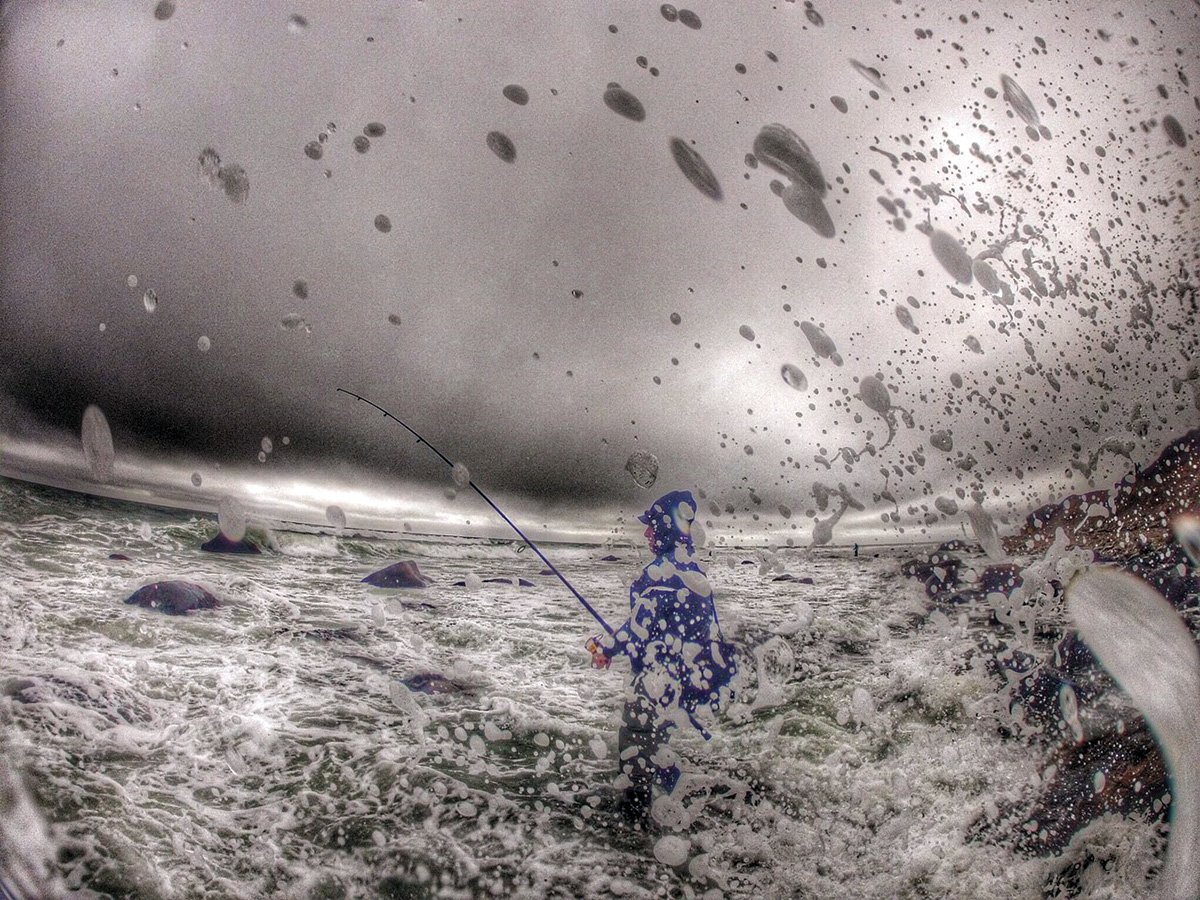
A change in the tide (depth) of just three feet over a typical six hour or so period would also produce a pressure change similar to that of a major storm or hurricane. A third factor that can affect pressure rather quickly are waves. Athree-foot high wave (fairly typical ocean wave height) with a period of a few seconds (say six seconds) would produce a change in pressure on our fish essentially the same as a major storm or hurricane every six seconds or so, or every time the wave passes over the fish. Hopefully you now see that barometric pressure changes are essentially unnoticeable and uneventful for a fish living in the ocean compared to the normal water movements caused by tides, waves, or even their own movements.
The important point is that there are normal changes in hydrostatic pressure in the ocean that fish can easily tolerate that are far larger and occur much quicker than any barometric pressure change. Remember again, the range in barometric pressure change is relatively small and very slow compared to normal hydrostatic pressure changes in the ocean. In other words barometric changes are simply trivial to fish compared to the normal pressure changes that occur below the ocean’s surface.
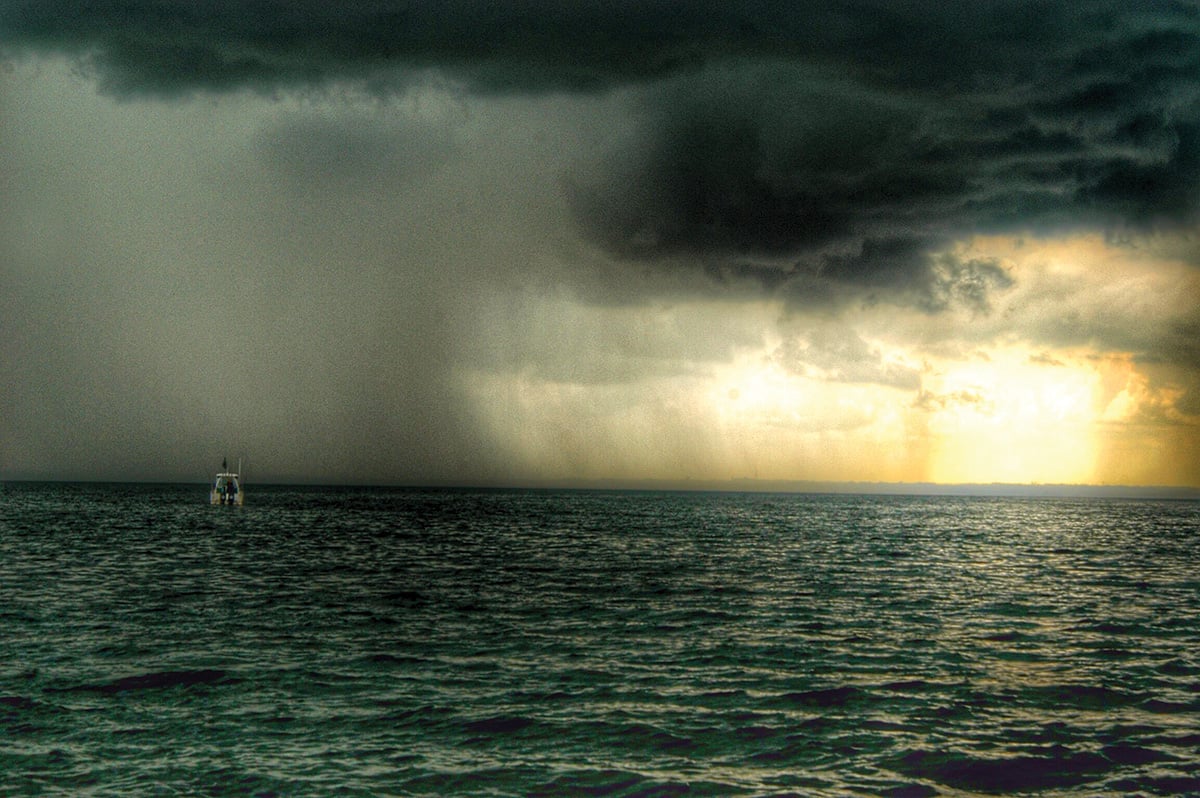
Photo by Mike Caruso.
But I should note to those who fish in relatively shallow water such as on tidal flats, shallow bays or the surf, that barometric pressure changes that occur before, during, or after the passage of a high or lowpressure system can cause changes to the environment that may affect your fishing success. I believe that environmental changes such as temperature, wind direction or speed, water turbidity, cloud cover, or even an increase in water oxygen content due to increased wave action could generate favorable fishing conditions which could result in a period of good fishing. I know that there are many experienced fishermen who have had memorable fishing experiences before or after a storm, but these experiences (good or bad) were probably due to other factors rather than changing barometric conditions. However, watching for a change in barometric pressure could be a good clue to the onset of other changes.
Finally fish are wonderful creatures but they are not equipped to predict pending changes in barometric pressure, nor can they read solunar tables for that matter, but that’s another story for another time.
Editor’s Note: The author, David Ross, is a Ph.D. Scientist Emeritus at Woods Hole Oceanographic Institution in Woods Hole, MA.

